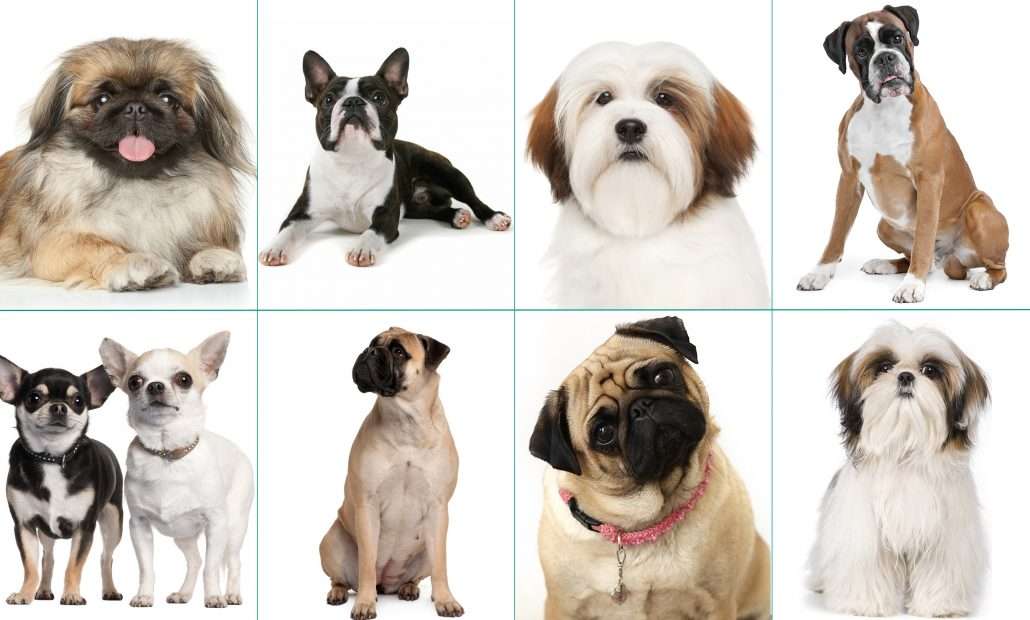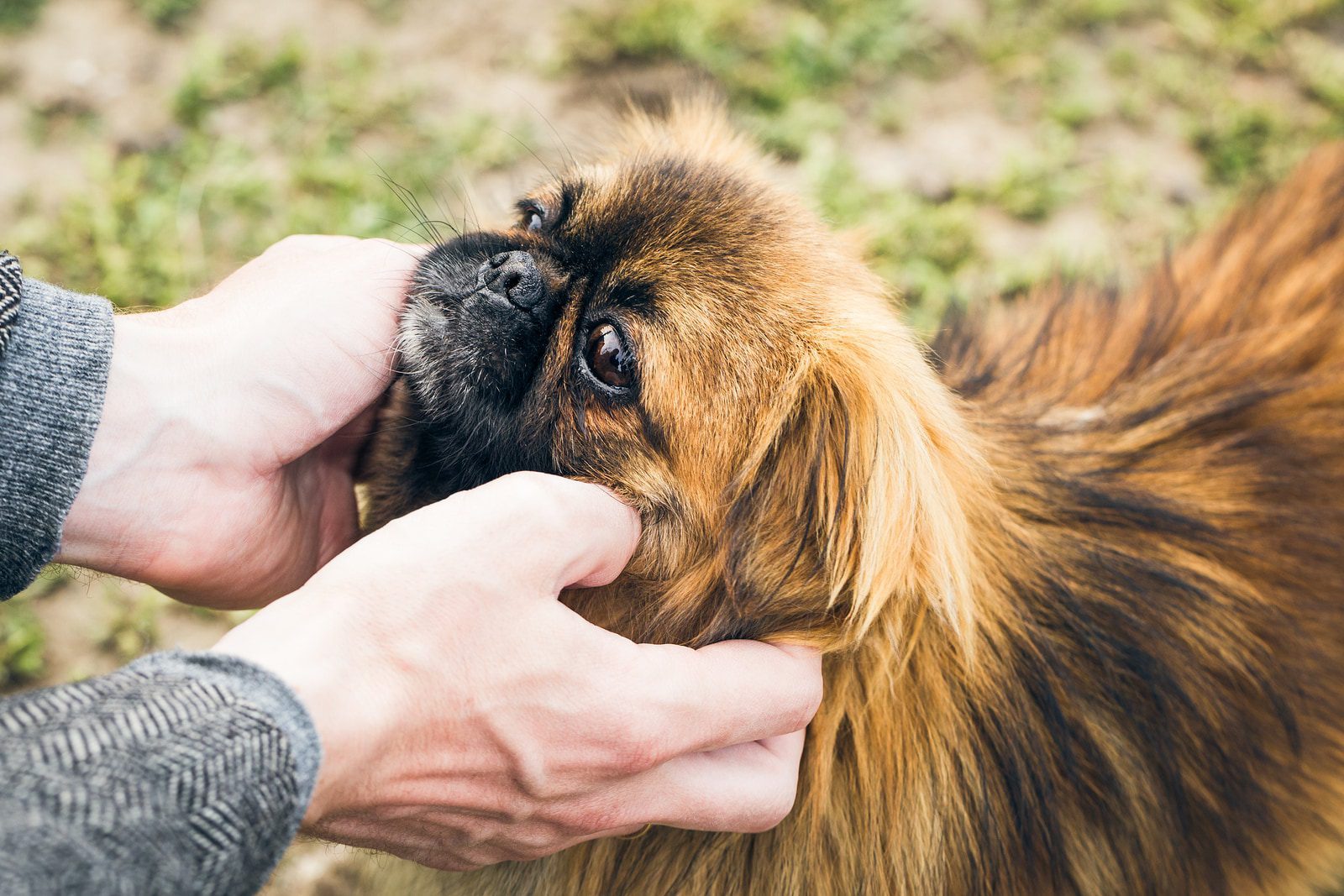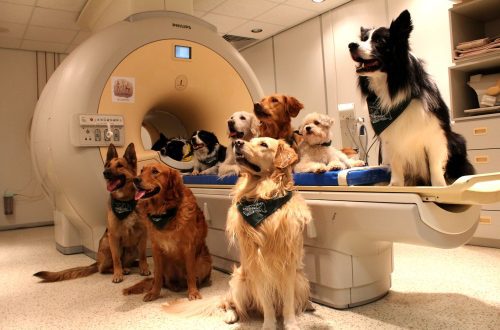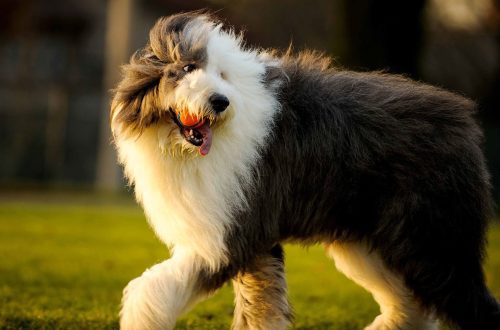
All about brachycephalic dogs
If you’ve never heard of brachycephalic dog breeds, you might think the term refers to some type of canine disorder that you’d like to avoid. But in reality, the term refers to the group of the most popular and beloved dog breeds. Here’s everything you need to know about these adorable flat-faced creatures.
Contents
What kind of dogs are called brachycephalic?
The word “brachycephaly” literally means “short-headed,” as the American College of Veterinary Surgeons explains. This term refers to dog breeds with flat muzzles. Popular brachycephalic breeds include: English and French Bulldogs, Bull Mastiffs, Boston Terriers, Boxers, Pugs, Shih Tsu, Lhasso Apso and Pekingese. The term can also be applied to mixed breed dogs that have inherited said trait from their brachycephalic ancestors. Brachycephalic dogs tend to have muzzles so short that they look almost flat, and this distinguishes them from other breeds of animals, whose muzzles are simply somewhat shortened.
Are there special health problems in brachycephalic dogs?
Although not all such dogs develop health problems, the shape of the nose and head of a brachycephalic dog puts them at risk of developing the so-called brachycephalic syndrome. This is what Dr. Cheryl Yuill of Veterinary Centers of America says. There are four main upper respiratory pathologies that can cause this condition, and a dog may have one or more of these pathologies.
These include:
- Stenosis (narrowing) of the nostrils. Small or narrow nostrils, which can restrict airflow when breathing through the nose.
- Elongated soft palate (hyperplasia of the soft palate). The soft palate is a fold of mucous membrane on the upper surface of the mouth that is too long and extends to the back of the throat, causing blockage of the trachea.
- Collapse of the trachea. The windpipe or trachea is narrower than usual.
- Eversion of the laryngeal sacs. Laryngeal sacs are mucosal outgrowths located directly inside the dog’s larynx. They may roll over or turn outward if the dog struggles to breathe through narrowed nostrils or an elongated soft palate. Although this pathology is usually caused by one of the disorders described above, it can lead to additional airway obstruction in the animal.
Dogs with this syndrome usually snore loudly and breathe noisily. They may experience increased urge to vomit or be prone to reverse sneezing or tracheal collapse. The gums or tongue can sometimes turn blue from lack of oxygen, and overexertion or overexcitation can lead to respiratory failure. Due to breathing difficulties, these dogs tend to have a low tolerance for vigorous exercise and are more prone to overheating and heat stroke than others.
Since these conditions and their symptoms are exacerbated by obesity, treatment of overweight animals suffering from brachiphalic syndrome is usually supplemented with a diet for weight loss. Mild cases can usually be controlled by monitoring the dog’s weight and exercise level, avoiding exposure to excess heat and moisture, and reducing or avoiding stress. For the short-term treatment of exacerbations that cause respiratory distress (breathing failure), veterinarians may prescribe corticosteroids to reduce inflammation and/or oxygenation in a hospital setting (“oxygen therapy”). In more severe cases, surgery may be needed to improve the passage of air into the lungs.
Why did such dogs appear?
If flat-faced dogs are so prone to health problems, then why are they so popular? And how did they become so popular?
The study, published in PLOS One, offers two theories. One of them suggests that some breeds, such as the English Bulldog, were selectively bred to develop this particular trait in order to increase their fighting qualities. It was believed that short muzzles form stronger jaws, giving dogs an advantage in fighting and hunting. Another theory is that in ancient times pet owners tended to select and breed smaller dogs with short muzzles because the shape of their head somehow reminded them of children.
As to why these breeds are not losing popularity despite their inherent health risks, firstly, they are simply very cute. Secondly, these breeds have their own characteristics that make them attractive to dog lovers. If you take into account the big picture, then the solution to the health problems in these breeds is a small price to pay for such a wonderful companion. However, there are organizations around the world that are making efforts to end the breeding of brachycephalic dogs, such as bulldogs, due to the hereditary health risks associated with their short muzzles. Those involved in this type of breed, including veterinarians, are concerned about the overall health and quality of life of these animals. Because of the increased risk of breathing problems in brachycephalic dogs, organizations that oppose breeding them feel it is unfair to breed them just for looks, which can ultimately affect their overall health.
So if you’re considering adopting a dog with a flat face, be sure to check with your veterinarian about the best way to care for the pet. With proper care and regular checkups with a veterinarian, they can live a long and happy life. Remember that although dogs are great companions, it is the owner who is responsible for keeping them healthy and making them happy.





